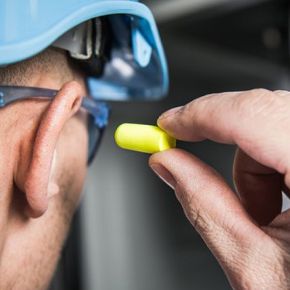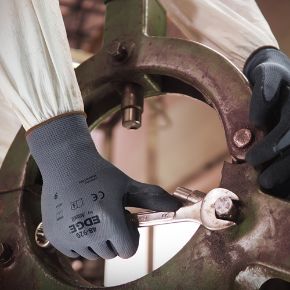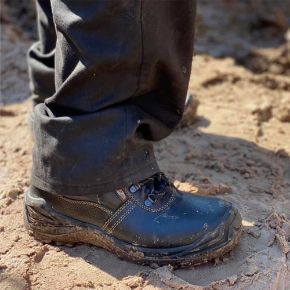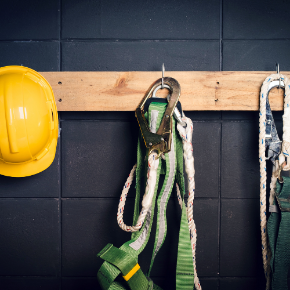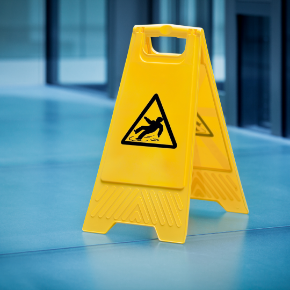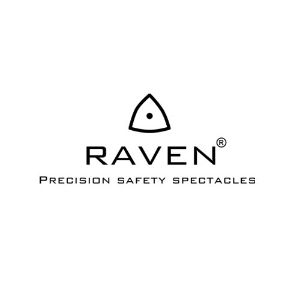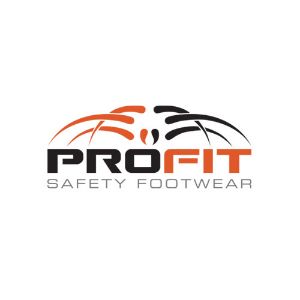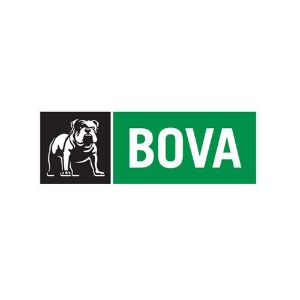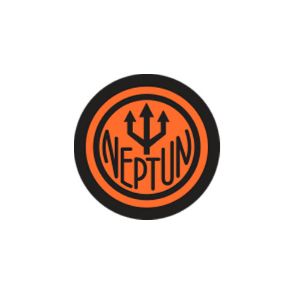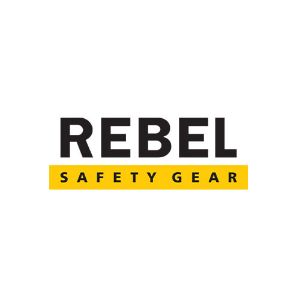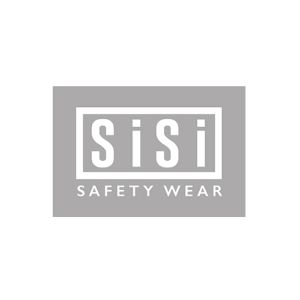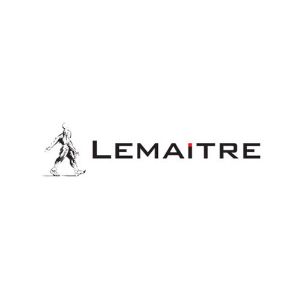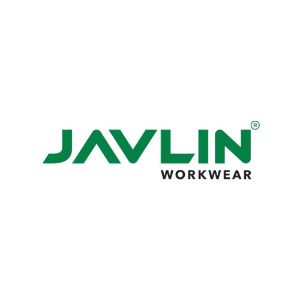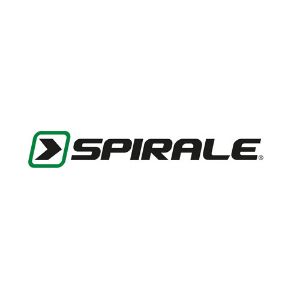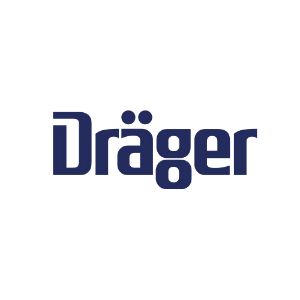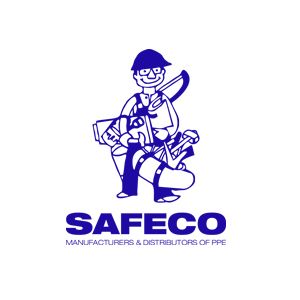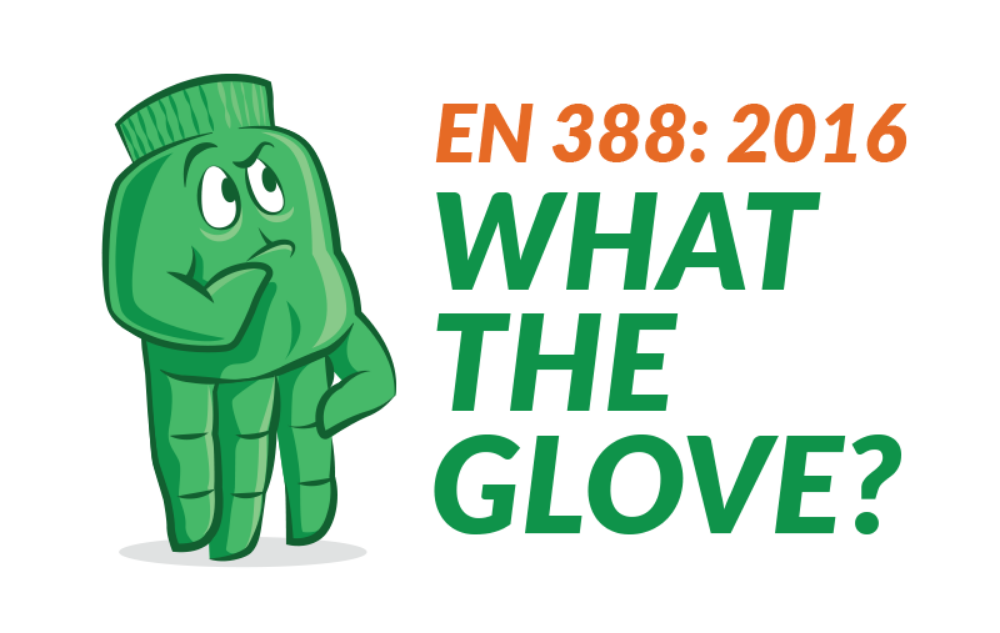There has been a lot of talk regarding the update to the EN 388 standard and whispers of impending doom should gloves not carry the correct markings by the prescribed deadline of 31 March 2023. But what does the new standard seek to achieve? What should procurement officers and those who govern health and safety in a workplace be looking for; and what does this mean for any glove in the South African market not carrying the updated standard markings?
In 2016, the EN 388:2003 standard that tests the performance of gloves against mechanical risks was updated to EN 388:2016. To claim the new rating, all new products launched by manufacturers had to be tested against this new standard and all existing products in the market were allowed until 31 March 2023 to be retested.
So, What Changed and Why?
The original test method sort to rate the performance of a glove material against 4 criteria that were deemed necessary in the protection against mechanical risks: Abrasion Resistance; Cut Resistance; Tear Resistance; Puncture Resistance. This was represented by a numerical code of 4 digits that rated the performance of the glove against the above criteria.
The new test method involves 2 adaptions to the way that the properties of a glove are tested in a manner that improves the reliability of the results, regardless of where they are tested, as well as includes the option of an additional test. The new ratings are represented in a score against 6 criteria: Abrasion Resistance; Cut Resistance; Tear Resistance; Puncture Resistance; Cut Performance; Impact Protection.
A: Abrasion Resistance 1 - 4
In this test, the glove material is subjected to abrasion by a sandpaper under a set pressure. The protection level of the glove is then determined on a scale of 1 to 4, depending on how many rotations of the sandpaper occur before a hole appears in the glove material.
The 1st change to the new test method included the standardisation of the sandpaper that was used to perform the abrasion test. In the past, it was found that different paper manufacturers produced different qualities of test paper that could skew the result. The new test method calls for only one type of sandpaper to be used in the abrasion resistance test that is manufactured by one supplier.
B: Cut Resistance 1 to 5
In this test, the glove material is subjected to a blade that runs back and forth over the material like a pizza cutter. The protection level of the glove is then rated on a scale of 1 to 5 depending on how many times the blade runs over the material before a cut appears.
The 2nd change to the testing method was introduced to counteract the inconsistencies in the cut resistance rating that were appearing due to a dulling/blunting in the blade itself. A blunt blade cannot perform with the same effect as a sharp blade. In the event that a blade is dulled during the test, the performance levels of the glove materials may be skewed.
The new testing methods states that should a blade get dulled during the cut resistance test an additional test – Cut Resistance, TDM Test ISO 13997 must be performed. The rating of this is reflected in point E (see more below).
Due to the reliability of the additional cut resistance test reflected in point E, some manufactures have opted to do one of the following:
- Ignore this test completely and just do TDM Test ISO 13997. This can often be shown with an X in the second column.
- Put the original cut resistance rating of their glove achieved in the EN 388:2003 test, i.e. 1 – 5.
Whilst this is not incorrect, consumers must be cognisant that this is a rating achieved on the old test standard, which has been improved upon and therefore the results reflected in E, should be used as a guide.
C: Tear Resistance 1 to 4
In this test, the glove material is tested against the force required to tear the glove apart. The protection level is indicated by a number between 1 and 4. This test remains the same.
D: Puncture Resistance 1 to 4
In this test, the glove material is tested against the force required to puncture the material. The protection level is indicated by a number between 1 and 4. This test remains the same.
E: Cut Performance A to F
If the blade is blunted during the cut resistance test performed in point B, the material will be tested against an additional cut performance test - TDM Test ISO 13997. Here, a knife cuts the material at a constant speed, but at an increasing force until the point that the knife cuts through the material.
A rating between A to F will be given to the cut resistance of the glove, whereby F indicates the highest cut resistant rating.
F: Impact Protection P or X
This is not a mandatory test that is required to be performed for a glove to achieve an EN 388:2016 rating. In the event that a glove passes the impact resistance test this will be indicated by a P. In the event that a glove fails the impact resistance test or if the test was not opted by the manufacturer to be performed, that this will be indicated by either an X or left blank.
As a result, the EN 388:2016 rating can either be a code containing 5 or 6 numbers & letters.
So What if a Glove does not Reflect The New Test Methods, but Rather the Old?
The new test performance ratings are more accurate in their results and reflect necessary improvements to the test methods that ultimately seek to improve overall safety to the wearer. In saying this, it does not mean that the performance ratings of a glove tested against the old method are necessarily wrong.
If a glove was rated against the old test method and has proven to perform year after year, one can conclude that the glove is performing in the manner for which it was designed.
In the event that a new glove is being sort after and the risks associated with cut, abrasion or impact resistance are a hazard, it would be prudent to seek a glove that has been tested against the new method as this has shown to produce more accurate results.
Pienaar Brothers is a leading distributor of personal protective equipment in South Africa and proud stockist of uvex Gloves, Ansell Gloves and many others. To view our extensive range of gloves, click here.



